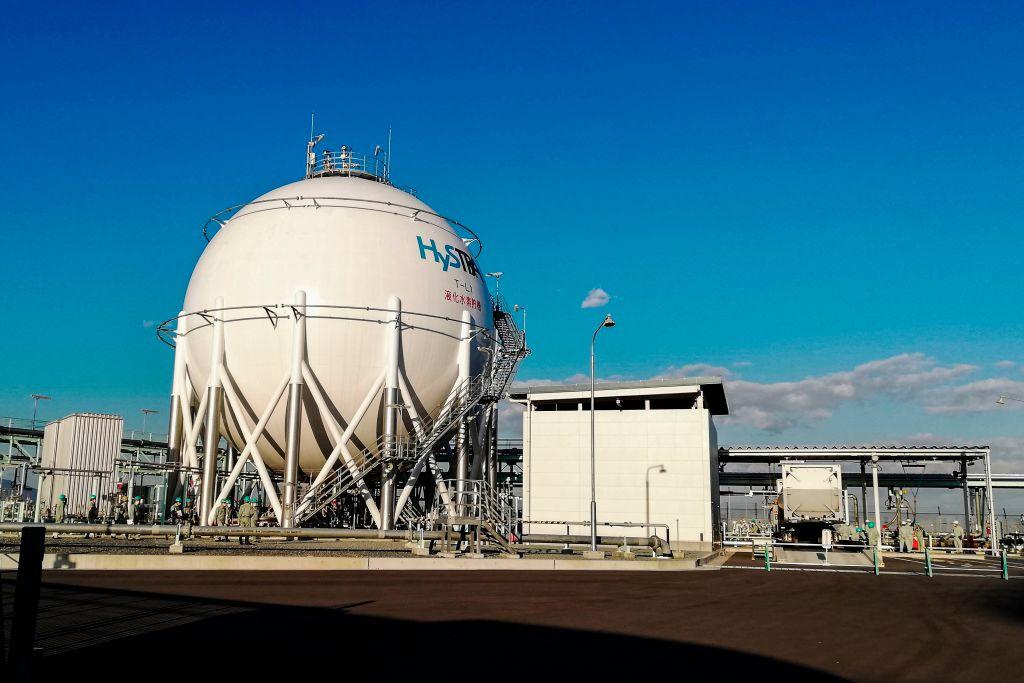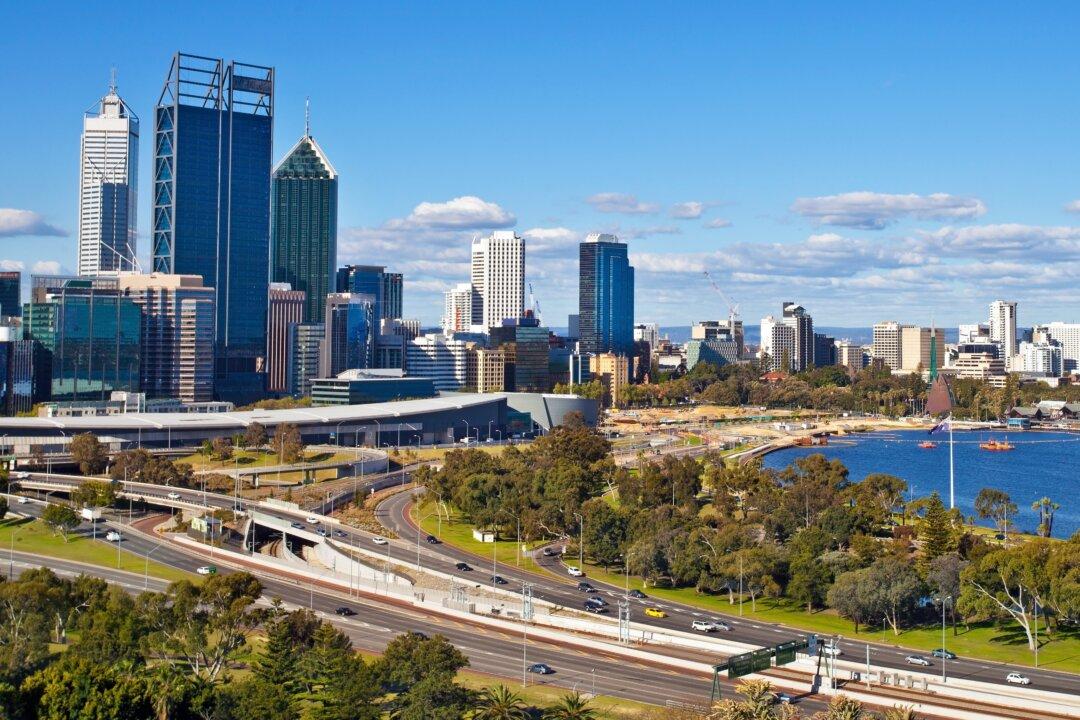Australia is solidifying its ambitions to become the world’s hydrogen powerhouse, establishing a new trade pact with Japan in a bid to ramp up Australia’s hydrogen production and export capabilities.
The government views hydrogen as a potential boon for the nation’s economy, with estimates outlining the industry could generate more than $50 billion (US$35.8 billion) in GDP and 16,000 direct jobs by 2050.





